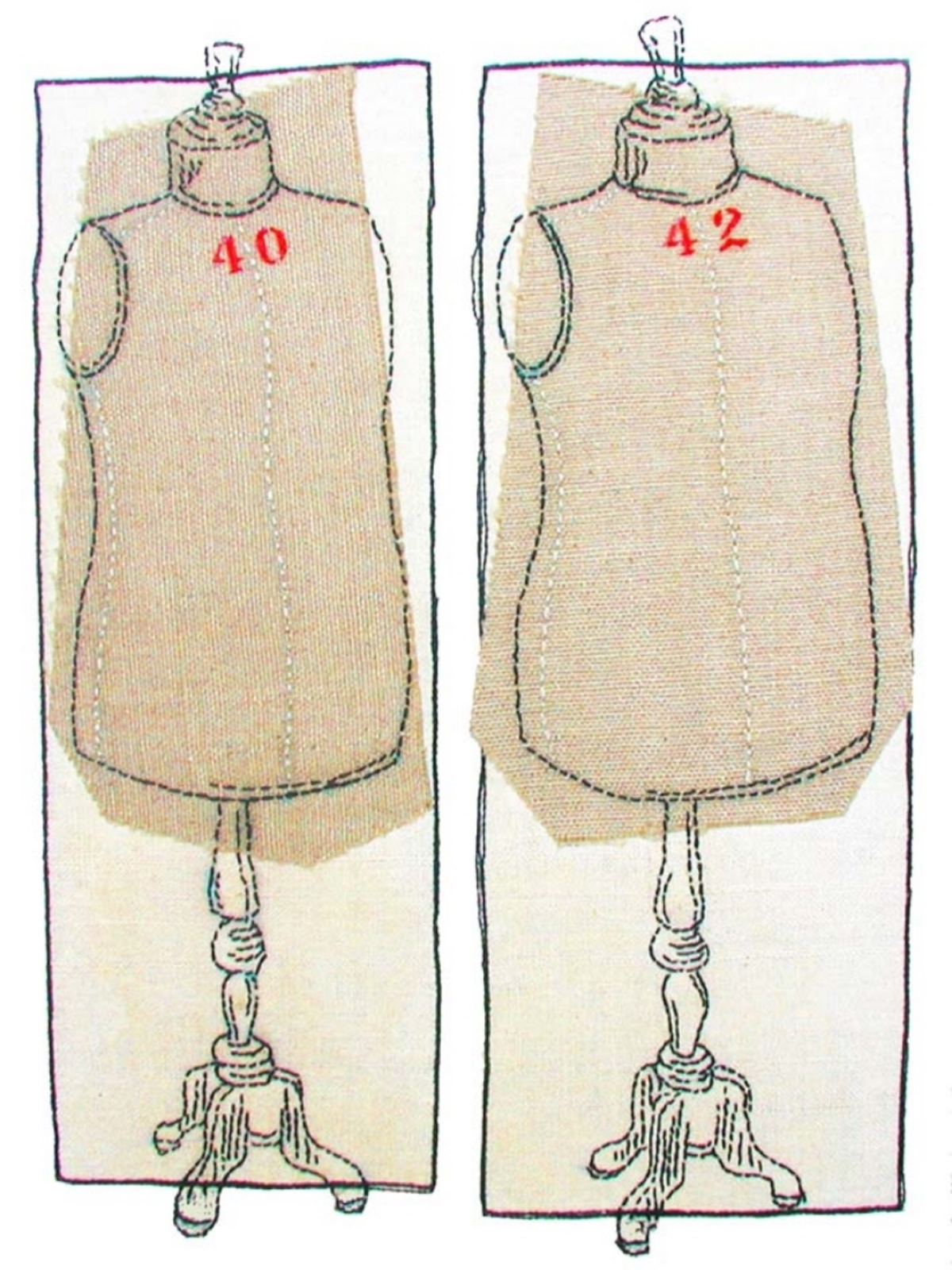Diabetes and the Janakpur Women's Development Centre
My colleagues, Claire Burkert, Jo Morrison and I are putting together a proposal to work with the Janakpur Women's Development Centre on the problem of diabetes. Below is a blog post by Claire, the first in a series, talking about her initial discussions with the women.
“We use mobile phones to connect to our families.” Pano, Madhumala and Ukha practice their performance for the WOW event.
The JWDC artists confront diabetes
Claire Burkert, May 2017
In their Maithili language, diabetes is called chini roga, or sugar blood. When the artists from the Janakpur Women’s Development Center held a show of hands about who knew people in their villages with diabetes, most women raised their hands. When I asked about family members, about two-thirds raised their hands. The response was not surprising because the rate of diabetes across Nepal is rising, particularly amongst women.
The designer Susie Vickery and I have been thinking how to address current health and societal issues through the eyes of the JWDC artists. Over the years the artists have been involved in painting for projects concerning Vitamin A, Safe Birth, Safe Sex, Smokeless Stoves and Peace-building.
A painting by Madhumala Mandal depicting a traditional birth
Recently, we’d helped the artists to create a drama for a British Council event in Kathmandu called WOW (Women of the World). The JWDC gained a lot of attention for their small but colorful street drama that depicted some of the positive changes in their lives once they’d started earning income at the JWDC. So on a recent visit to the JWDC I wanted to know more about diabetes through these artists’ eyes, and to explore if and how they would wish to create a public diabetes awareness event utilizing their traditional art and new-found drama skills
“We used to veil our faces when we left our homes to tend the animals”: the opening scene at the WOW event.
- What do you know about diabetes?
Madhumala: “You have to pee a lot.”
General discussion and consensus: “You can’t eat rice and potatoes, and you can only eat roti." (flat bread made of wheat flour)
Manjula: “You can eat chana (chickpea) flour. That is why it is so expensive—all the demand from the diabetics.”
Also offered by Manjula whose husband has severe diabetes: “Do not eat red dhal (lentils), it is 80% sugar. You can eat a little beaten rice because it is good exercise for the jaw.”
Pano: “You need to eat bitter foods to counteract the sugar.”
Pano’s comment brought out a lot of beliefs about foods to eat if you have diabetes. They mentioned til gur (sesame) and kerala (bitter gourd) and neem leaf. According to Manjula, the leaf of a plant that has a white flower (kalapanath leaf) is also useful.
This discussion of local remedies was followed by first hand knowledge about diabetes from the three diabetic JWDC members:
Bhagwati: "I have it but I don’t know anything about it. I eat some methi powder, just domestic medicines. It was hard for me to figure out the problem. My head felt heavy and I felt sleepy. I went to the doctor four years ago for a fever and that was when I was diagnosed. Now, if I don’t feel well I get a check-up. I eat roti more often, and curd and milk. I still eat fruit daily."
Prem: "I felt pain in my knees and when I had a check-up they told me I had diabetes. I felt annoyed. They gave me a tablet to take twice a day but I only take it once. I got angry at the doctors who said I couldn’t eat rice.
Indu: "I don’t understand fully what it is. I felt weak in my hands. I thought to myself, I am eating everything so why do I feel weak? Then the doctor said I had high sugar. Now I take pills for blood pressure, gas, and diabetes. The doctors said, If you don’t control it you may get paralysis. So I was scared and unhappy. After one week it was controlled but I had to take medicine every day, and not eat rice or potatoes. And no carrots or beets. I could eat green vegetables and radishes. And I was supposed to take a morning walk.
I went to Darbhanga in India, to consult another doctor. When I was told I was diabetic I had new symptoms. I just felt more sick from knowing I had it. So I went to Patan Hospital to get another check-up. The doctor said if you don’t eat rice, gradually you don’t need to take medicine. But I want to have a little rice now and then."
“When we earned income we bought things that improved the lives of our families.”
- Do you exercise?
Jagatarin: “People in Janakpur have more diabetes than we do in the village because they get less exercise.”
Prem: “The problem is our culture: we have to go to so many bhoj (feasts) and its hard to counteract all the rice and sweets.”
Indu: “And now even in the village people don’t get enough exercise. In my village there are exercise classes, but there are fewer women than men exercising. Some people do not allow women in the household to do it. Women have to get up early if they want to walk, like men do, but women also have to cook. The times I went to exercise there were only 3 women and we felt shy. We were in sari. In the village we feel strange if we are in front of our father-in-laws wearing kurta surwal. And when women go to exercise, others in the village may say bad things.“
“We rode the bus to Kathmandu to sell our paintings.”





